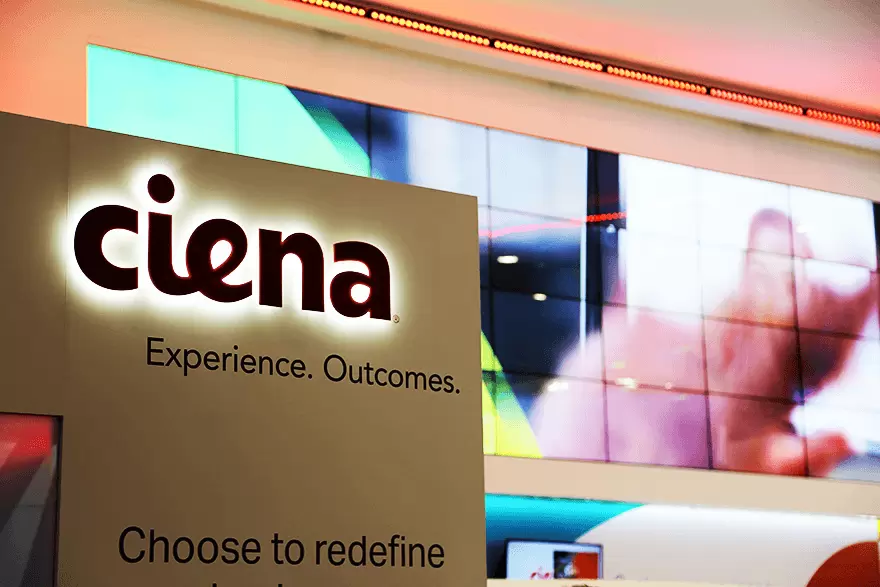Ciena introduced its latest generation, WaveLogic 6 coherent optics, supporting up to 1.6Tb/s single-carrier wavelengths for metro ROADM deployments, 800Gb/s over the longest links, and energy-efficient 800G pluggables across 1000km distances. Ciena expects to begin shipping WaveLogic 6 in the first half of 2024.
Highlights
- WaveLogic 6 Extreme (WL6e), Ciena’s performance-optimized solution, integrates new coherent DSP innovations to provide the highest capacity over fiber, supporting 1.6Tb/s single-carrier wavelengths for metro ROADM networks, 800Gb/s across the longest links, and 15% improvement in spectral efficiency compared to the previous generation. WL6e will also deliver significant economic benefits, including a 50% reduction in space and power per bit compared to Ciena’s industry-leading 800G technology today. The first coherent optical solution operating at 200GBaud, WL6e will maximize coverage of 800Gb/s connectivity across networks.
- WaveLogic 6 Nano (WL6n), Ciena’s footprint-optimized solution, powers 400G-800G coherent pluggables to drive cost, power, and space efficiencies in 400G long-haul and 800G metro/regional applications, as well as interoperable 800ZR DCI applications. With Ciena’s unique engineering innovations, WL6n can also deliver a fit-for-purpose 800LR design, bringing coherent technology inside the data center campus for the first time.
- WL6 will be supported across a range of Ciena’s optical and routing and switching platforms.
- WL6 will also be made available for use in third-party solutions.
“The last few years have irreversibly changed our expectations of networks, showing the critical importance of enabling greater connectivity to help fuel our digital lifestyles. At the same time, we all need to do more to help the environment. As the pioneer in coherent optical technology, and the first to bring coherent 40G, 100G, 400G and 800G to the industry, we continue to set the standard in optical transport and push the limits of innovation by creating solutions that significantly reduce cost per bit, improve network performance, and drive energy efficiency,” states Scott McFeely, Senior Vice President, Global Products and Services, Ciena.
https://www.ciena.com/about/newsroom/press-releases/ciena-unveils-wavelogic-6
















